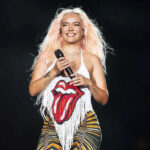The 1990s were a seismic shift in music. Turn on any radio station, walk into any club, and you were immediately immersed in a kaleidoscope of sounds. It was a decade where musical genres collided and thrived, from the raw energy of grunge to the groundbreaking beats of gangsta rap, the infectious rhythms of dancehall to the resurgence of disco, and the defiant spirit of riot grrrl punk to the sugary hooks of TRL pop. Electronica splintered into countless subgenres, and the Wu-Tang Clan seemed to drop a new classic with each passing month. If you had ears, the Nineties offered an overwhelming feast of sonic innovation, arguably more than any decade before it. Trying to distill such a vibrant era into a single list feels almost impossible – you could easily compile hundreds of essential tracks from 1994 alone. However, these 50 Best 1990s Songs represent a crucial snapshot of this explosive musical landscape – a mix of chart-topping hits, underground gems, cult favorites, dance floor anthems, guitar-driven rock songs, and karaoke staples. So, buckle up and get ready to revisit the sounds that defined a generation. Here we are now, let us entertain you with the best music of the 1990s.
Fuzzy, “Flashlight” (1994)
Emerging from the Boston music scene, Fuzzy was a group of grunge-adjacent musicians who, despite a brief stint, crafted one truly perfect song. “Flashlight” is a melancholic track featuring a female vocalist singing almost indecipherable lyrics about a flashlight and navigating through darkness. Largely missed by the mainstream, it was a treasure for those who tuned into MTV’s 120 Minutes during its late-night music video blocks. It begs the question: how many more incredible quasi-grunge songs are buried in forgotten major-label albums from the post-Nirvana era, waiting to be rediscovered? While few may reach the heights of “Flashlight,” the search is always worthwhile.
Britney Spears, “Sometimes” (1999)
 Britney Spears in a white dress on the beach for Sometimes music video
Britney Spears in a white dress on the beach for Sometimes music video
“Sometimes” was more than just Britney Spears’ second hit; it was her first significant comeback. After the explosive debut of “…Baby One More Time,” many wondered if Britney’s success would be fleeting. “Sometimes,” a Total Request Live mainstay, emphatically answered that question. This song cemented her status as a pop icon and served as a blueprint for a new wave of pop stars. “Sometimes” heralded the dawn of a new century of pop music dominance.
The Offspring, “Self Esteem” (1994)
The Offspring, hailing from Orange County’s hardcore punk scene, achieved massive platinum success with “Self Esteem,” a catchy tune exploring themes of masochism and relationship dynamics. The lyric, “I may be dumb, but I’m not a dweeb,” remains surprisingly relevant, unless, of course, you happen to be a “dumb dweeb,” in which case, you might just be the subject of this song. “Self Esteem” resonated with a generation grappling with identity and social awkwardness.
Selena, “Fotos y Recuerdos” (1994)
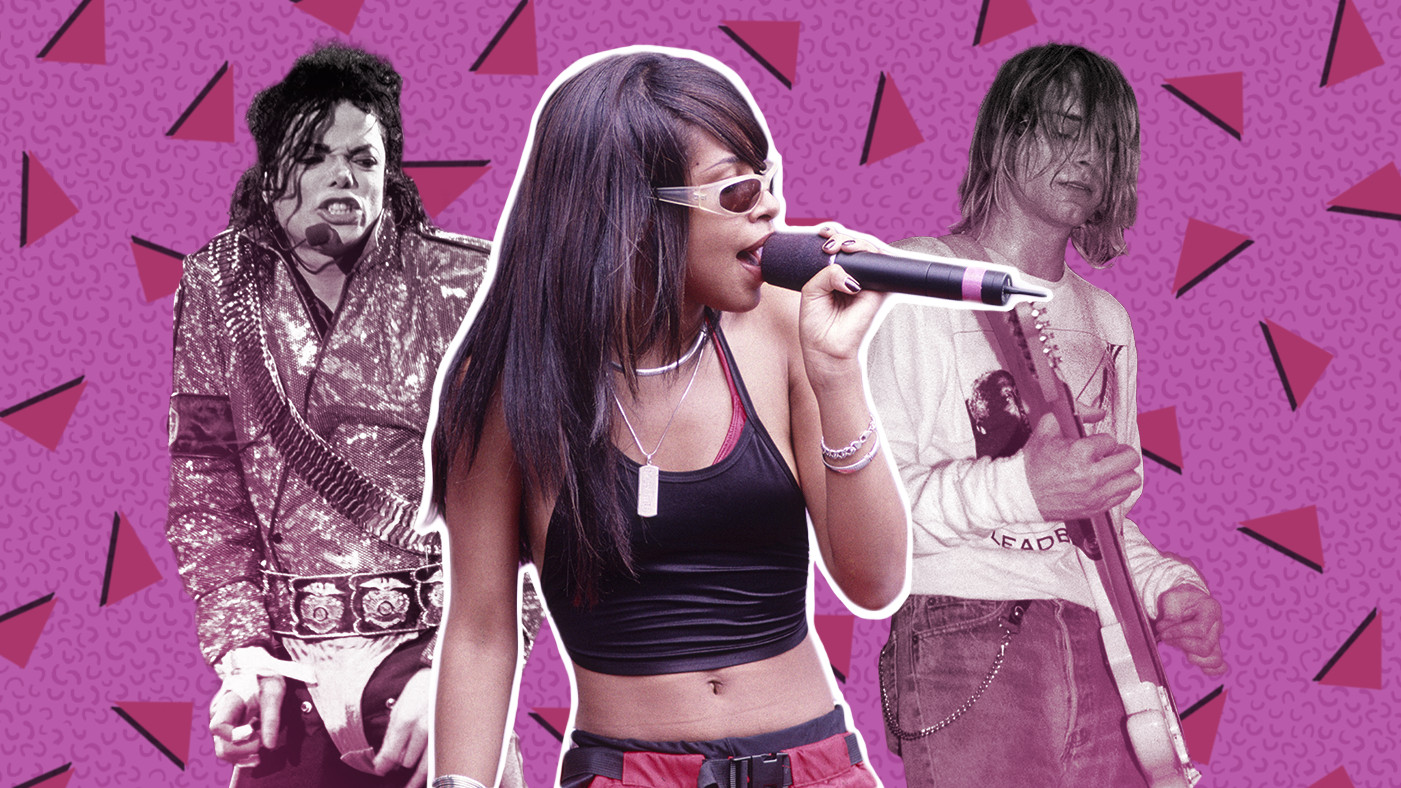 Selena performing live in a sparkling outfit
Selena performing live in a sparkling outfit
Selena, the beloved Tejano music queen, masterfully reimagined The Pretenders’ classic “Back on the Chain Gang” as “Fotos y Recuerdos.” Translated into Spanish, the song soared to the Top Five on the Billboard Latin charts the very week of her tragic passing. “Fotos y Recuerdos” stands as a testament to Selena’s crossover appeal and enduring legacy, blending English rock influences with Latin musical traditions.
Silver Jews, “Random Rules” (1998)
Imagine a honky-tonk lounge in the depths of hell, nearing closing time. “Random Rules” by Silver Jews is the song playing on the jukebox, with David Berman’s distinctive voice delivering his introspective and fragmented barstool philosophy. This track captures a unique blend of country twang and indie rock sensibilities, creating a sound that is both melancholic and deeply poetic.
Lil Kim With Lil Cease, “Crush on You (Remix)” (1997)
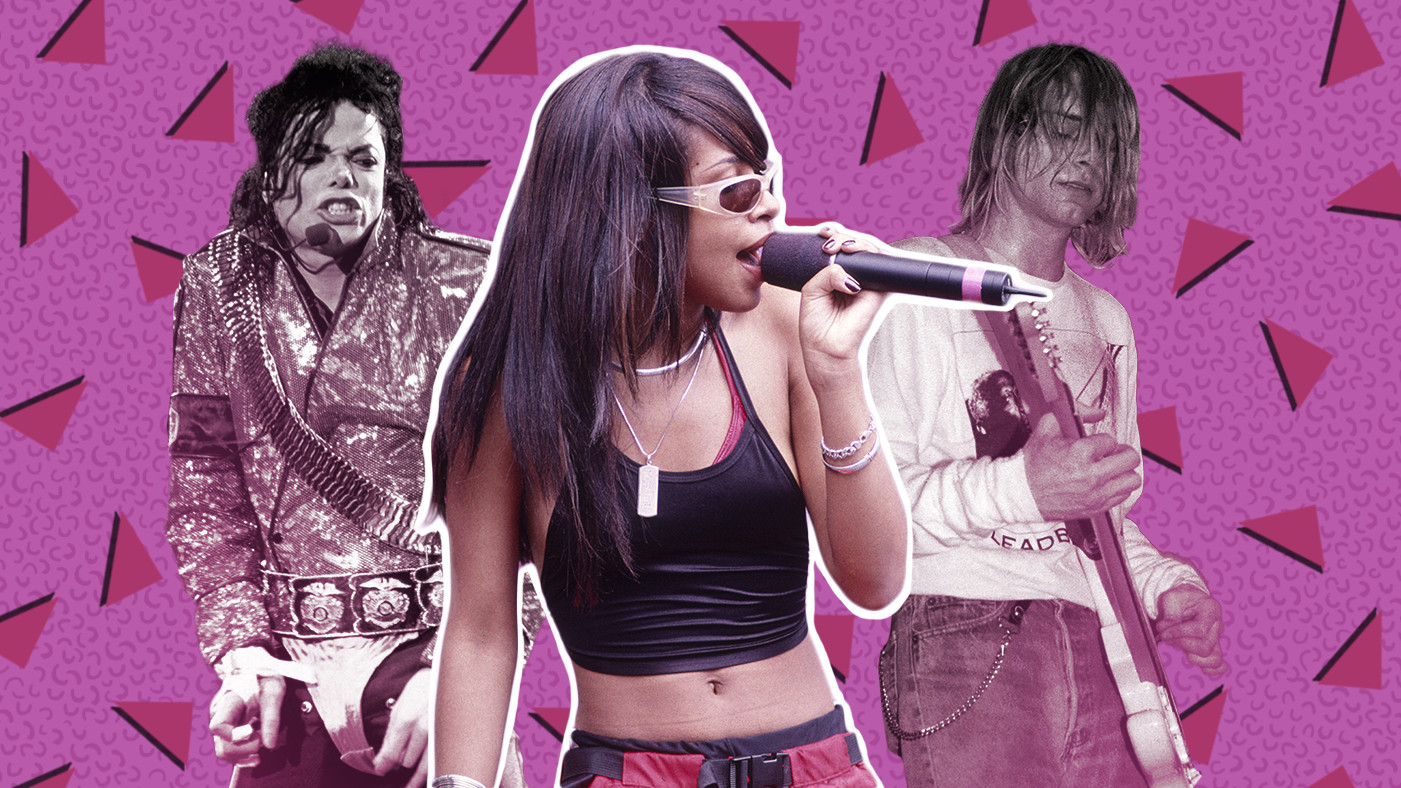 Lil' Kim performing on stage in a fur coat
Lil' Kim performing on stage in a fur coat
“Crush on You (Remix)” is the quintessential Bad Boy Records anthem. It features a hauntingly beautiful synth loop, Lil Cease confidently stepping into Biggie’s shadow, and the undeniable bravado of the Queen Bee herself, Lil’ Kim. Showcasing her iconic style with wigs and furs, Lil’ Kim’s performance is unforgettable. The call and response, “Shall I proceed?” “Yes, indeed!” perfectly encapsulates the track’s confident swagger.
Stereolab, “Cybele’s Reverie” (1996)
“Voulez vous coucher avec le revolution?” Stereolab, the European masters of vintage-keyboard aesthetics, consistently delivered albums filled with lush, politically charged, trance-inducing progressive rock. “Cybele’s Reverie” stands as the pinnacle of their unique sound, blending French pop, krautrock, and avant-garde influences into a mesmerizing and intellectually stimulating musical experience.
Supergrass, “Alright” (1995)
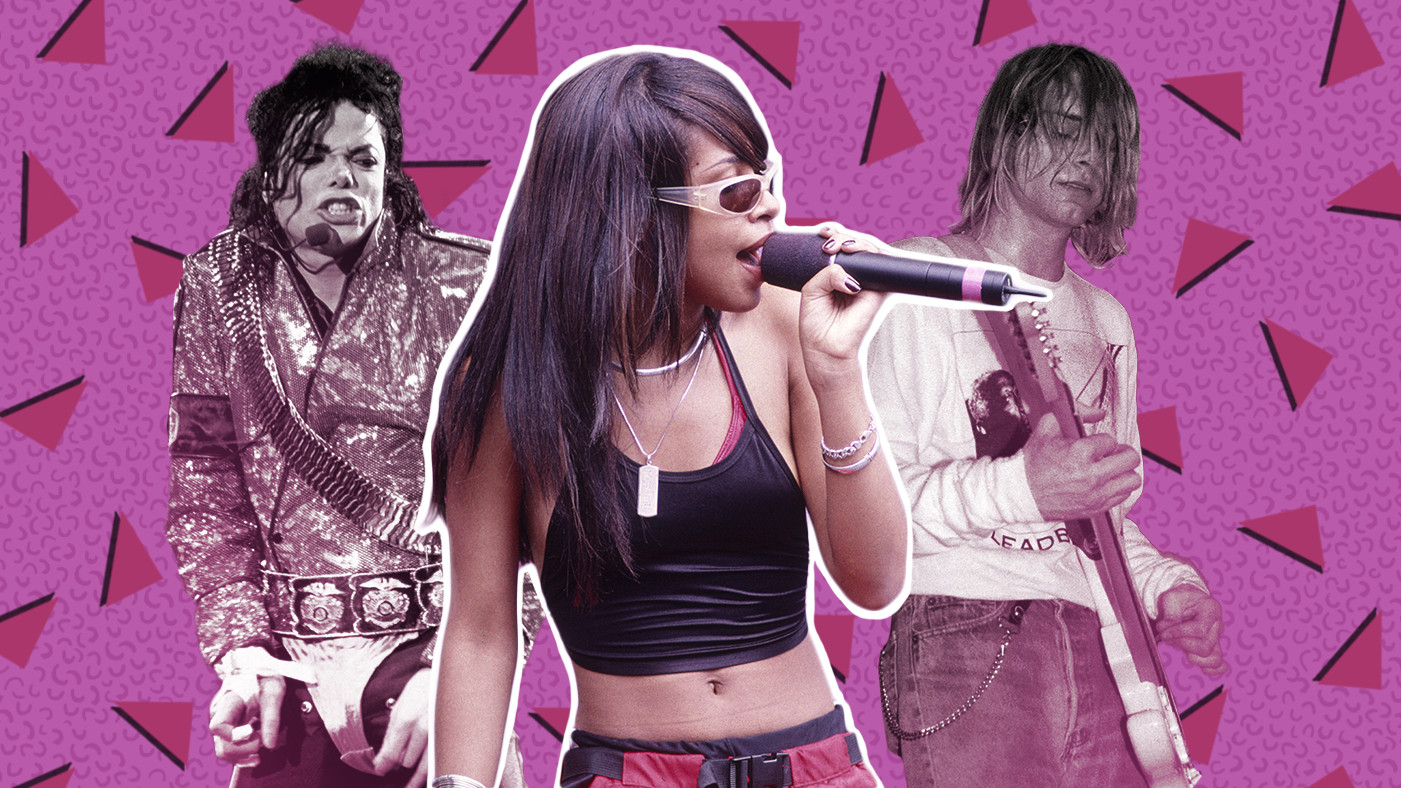 Supergrass band members jumping in the air
Supergrass band members jumping in the air
Choosing just one song from the Clueless soundtrack is a near-impossible task, much like trying to find profound meaning in a Pauly Shore film. However, “Alright” by Supergrass perfectly captures the youthful exuberance and carefree spirit of the 90s, becoming an anthem for youthful rebellion and optimism. Its inclusion in the iconic teen movie cemented its place in 90s pop culture.
Ace of Base, “The Sign” (1994)
Ace of Base, the world’s most successful Swedish reggae-influenced pop band, achieved global fame with “The Sign.” The lyrics, perhaps unintentionally, add to the song’s mystique with lines like, “Life is demanding/Without understanding” – a sentiment that resonates universally. “The Sign” exemplified the global reach of 90s pop and the surprising popularity of Swedish reggae-infused music.
Sophie B. Hawkins, “Damn I Wish I Was Your Lover” (1992)
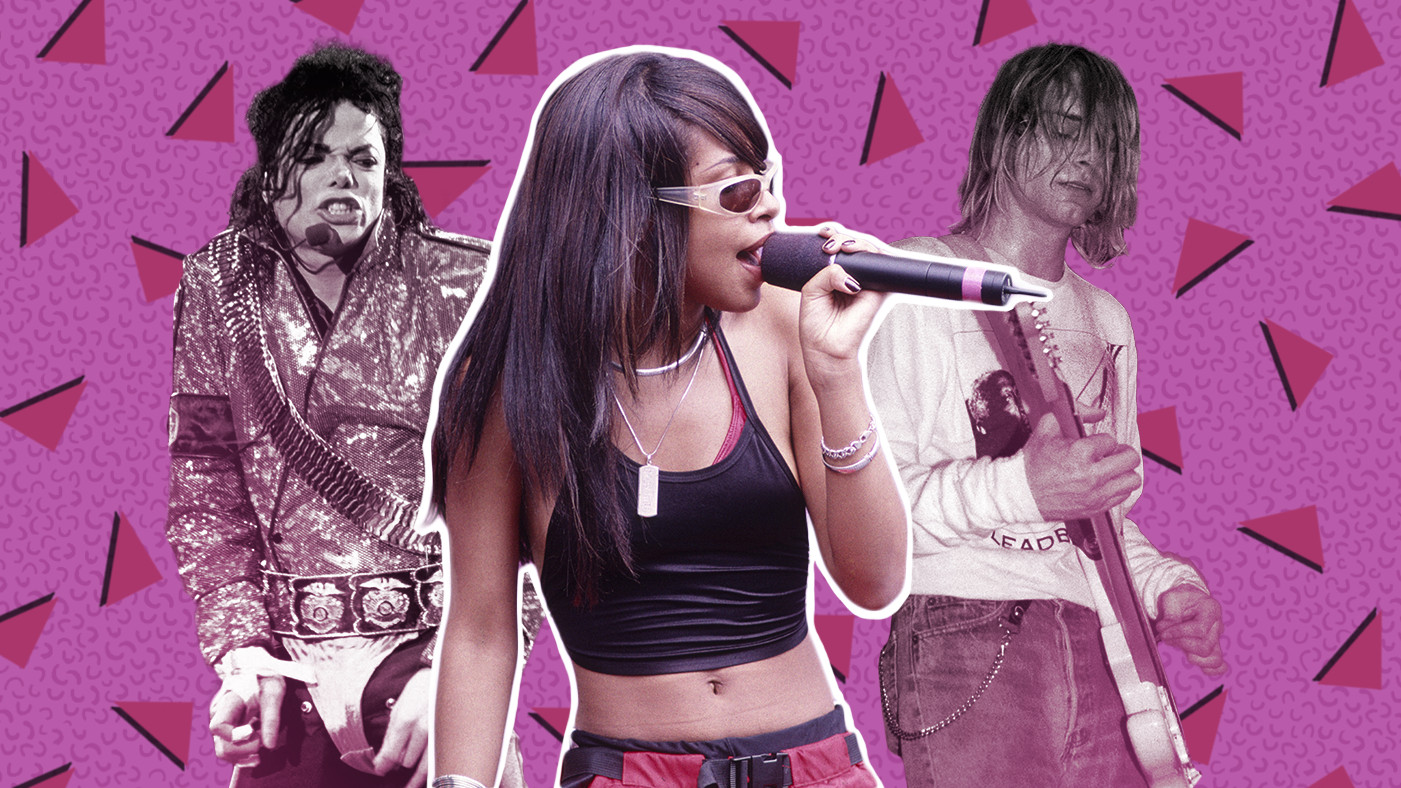 Sophie B. Hawkins singing into a microphone with eyes closed
Sophie B. Hawkins singing into a microphone with eyes closed
Sophie B. Hawkins, a self-described “boho sex priestess,” delivers a powerful vocal performance in “Damn I Wish I Was Your Lover,” a song about intense unrequited desire. The use of the word “damn” in the title and lyrics added a raw emotional edge, making the yearning in the song palpable. It’s a song where vulnerability and longing are laid bare.
Big Pun Feat. Joe, “Still Not a Player” (1998)
Hailing from Uptown, Bronx, the late, great Big Pun teamed up with R&B crooner Joe for “Still Not a Player.” Set against a smooth lovers-rock piano melody, the track is a charismatic blend of hip-hop swagger and R&B smoothness. Big Pun woos “highly intelligent bachelorettes” with a pan-cultural shout-out (“boricua, morena“) and suggestive lyrics. “Still Not a Player” became a posthumous hit, solidifying Big Pun’s legacy as a lyrical giant. R.I.P., Pun – he wasn’t just a player, he was a legend.
Sebadoh, “Brand New Love” (1992)
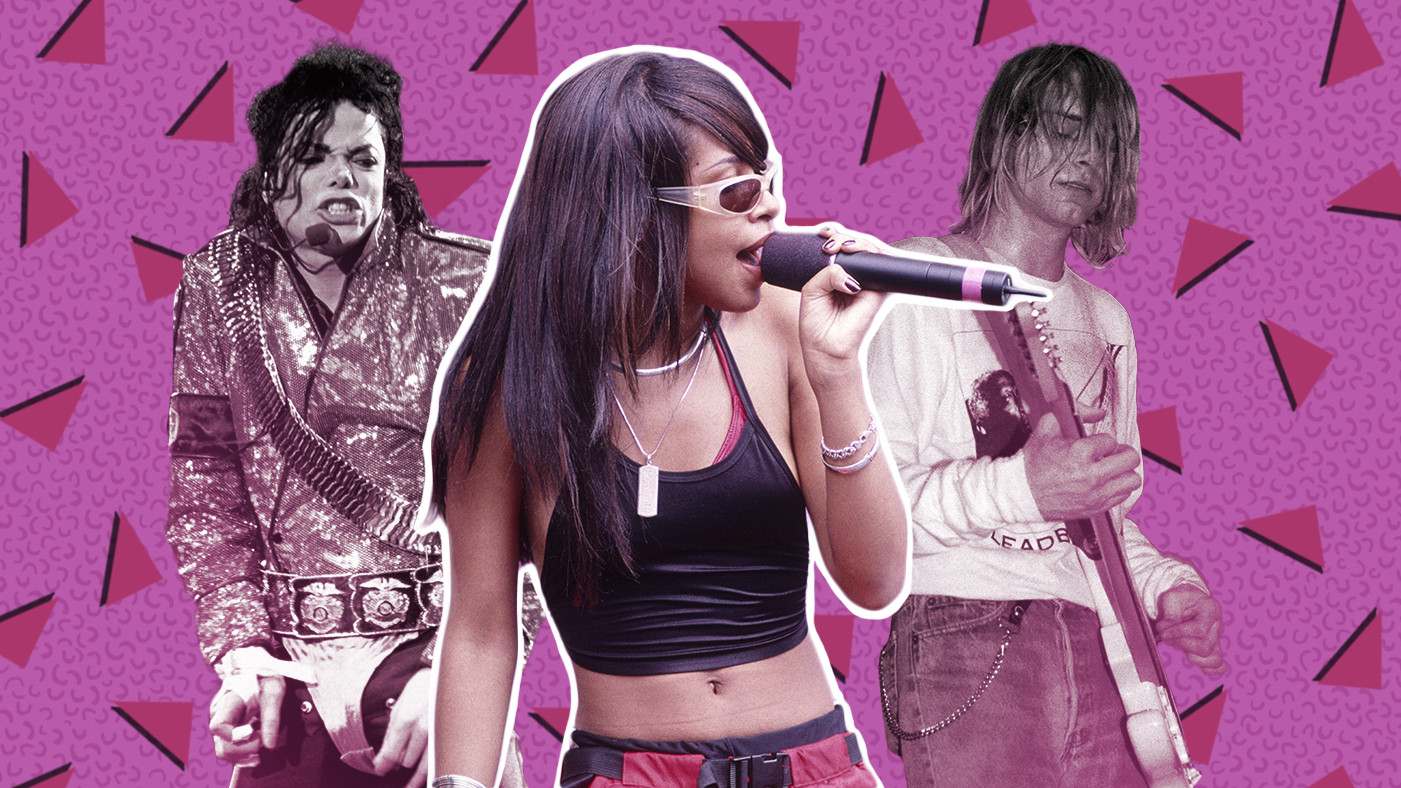 Lou Barlow of Sebadoh playing guitar and singing with eyes closed
Lou Barlow of Sebadoh playing guitar and singing with eyes closed
Sebadoh, often characterized as punk wolf boys, took a significant step towards emotional maturity with “Brand New Love.” This track evolves from a folk-tinged ballad into a feedback-laced exploration of opening oneself to new and potentially frightening feelings. It’s about daring to smile back at someone across the room and letting go of bitterness. “Brand New Love” captures the vulnerability and growth that defined 90s alternative music.
Geto Boys, “Mind Playing Tricks on Me” (1991)
“Mind Playing Tricks on Me” by Geto Boys is arguably the most chilling and psychologically complex gangsta rap narrative ever recorded. The song culminates in a disturbing climax with Willie D pounding his bloodied fists on concrete, all set to a haunting jazz-fusion instrumental loop. It’s a stark portrayal of paranoia and the dark realities of street life, pushing the boundaries of storytelling in hip-hop.
New Radicals, “You Get What You Give” (1998)
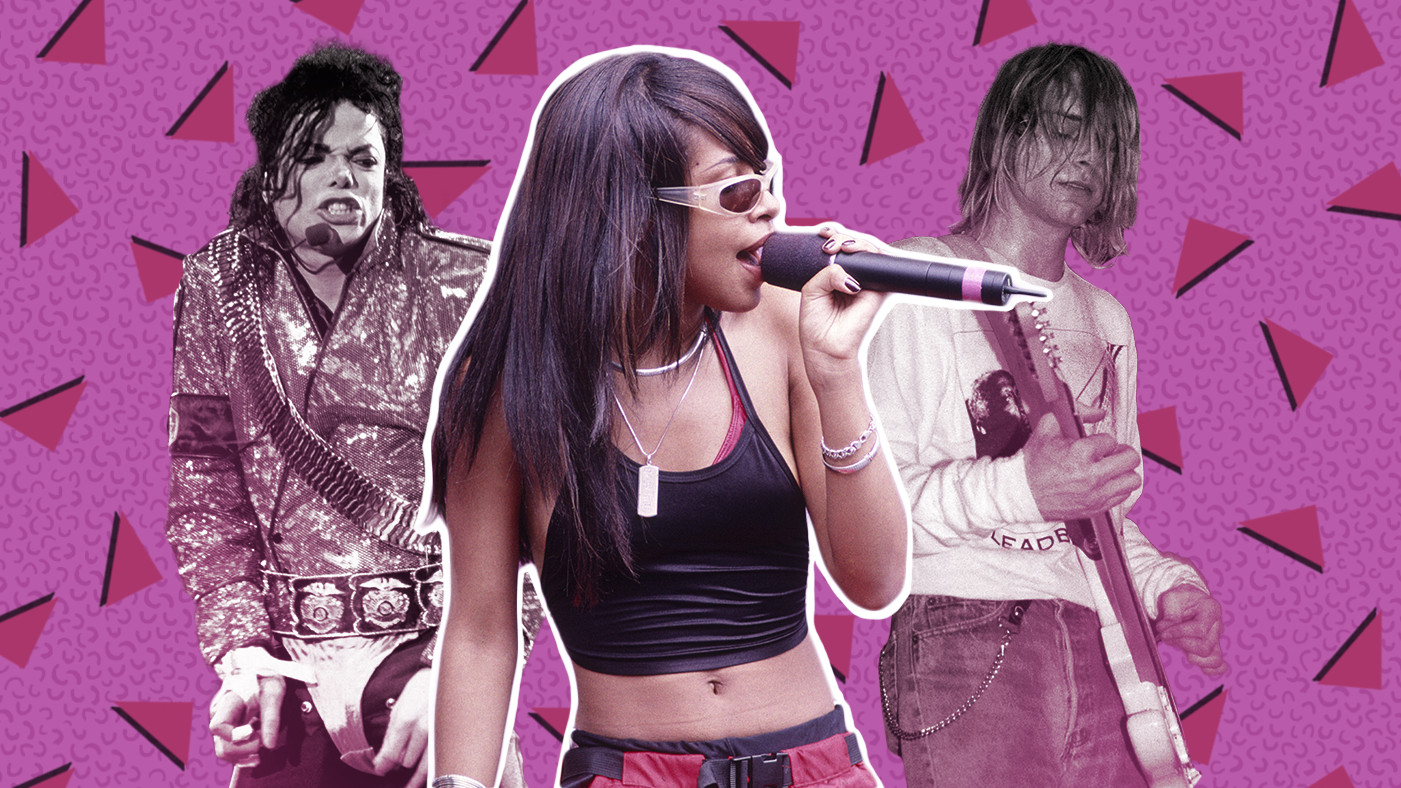 Gregg Alexander of New Radicals wearing a bucket hat and singing
Gregg Alexander of New Radicals wearing a bucket hat and singing
New Radicals are the quintessential one-hit wonder, delivering the gloriously anthemic “You Get What You Give.” Complete with a signature bucket hat, a video hinting at mall riots, and cheeky insults directed at Beck, Hanson, Courtney Love, and Marilyn Manson, the song was a cultural moment. Then, just as quickly, they vanished. While the New Radicals frontman later earned an Oscar nomination in 2015 for Begin Again, the bucket hat tragically remained absent from the red carpet.
Portishead, “Glory Box” (1994)
Portishead’s “Glory Box” is the epitome of elegant trip-hop melancholy. Beth Gibbons’s haunting vocals express profound sorrow, layered over a timeless sample of Isaac Hayes’s cheeba-infused 70s funk. This sample, in a twist of fate, was reintroduced to radio in 2015 by Alessia Cara, who was not even born when “Glory Box” was released. It’s a testament to the song’s enduring appeal and influence.
Sheryl Crow, “If It Makes You Happy” (1996)
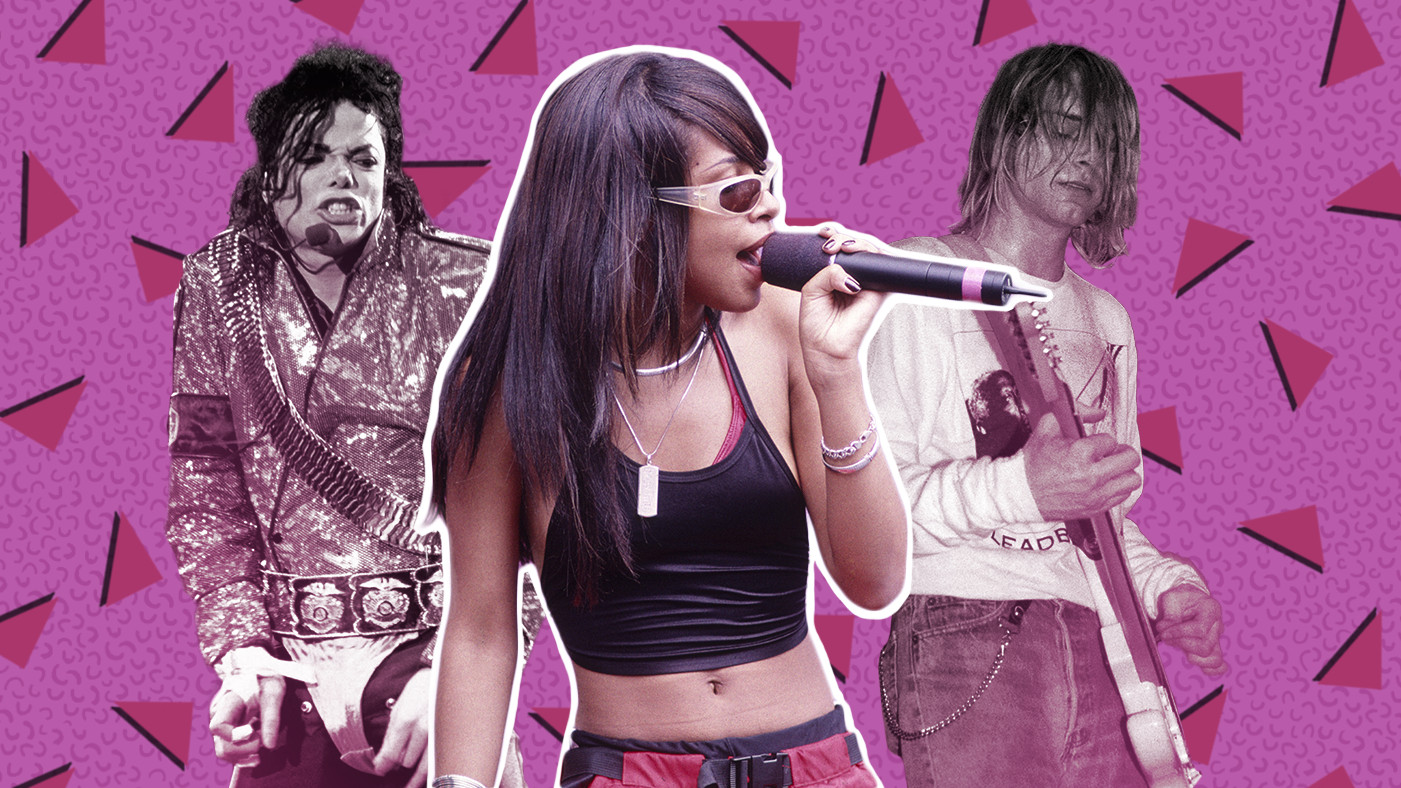 Sheryl Crow playing guitar and singing with blonde hair
Sheryl Crow playing guitar and singing with blonde hair
Sheryl Crow captivated audiences with “If It Makes You Happy,” particularly with the relatable line about scraping mold off bread. This lyric perfectly encapsulates the 90s vision of rock and roll infused with stoner languor. The song’s laid-back vibe and introspective lyrics resonated deeply, making it a defining track of the era’s alternative rock scene.
En Vogue, “Don’t Let Go (Love)” (1996)
En Vogue, the queens of funky divas, delivered their steamiest slow jam with “Don’t Let Go (Love).” The song explores the complexities of love, heartbreak, and emotional turmoil with powerful vocals and harmonies. The standout moment: “If I could wear your clothes… I’d pretend I was you… and looooose controoool!” showcasing their vocal prowess and emotional depth.
Helium, “XXX” (1994)
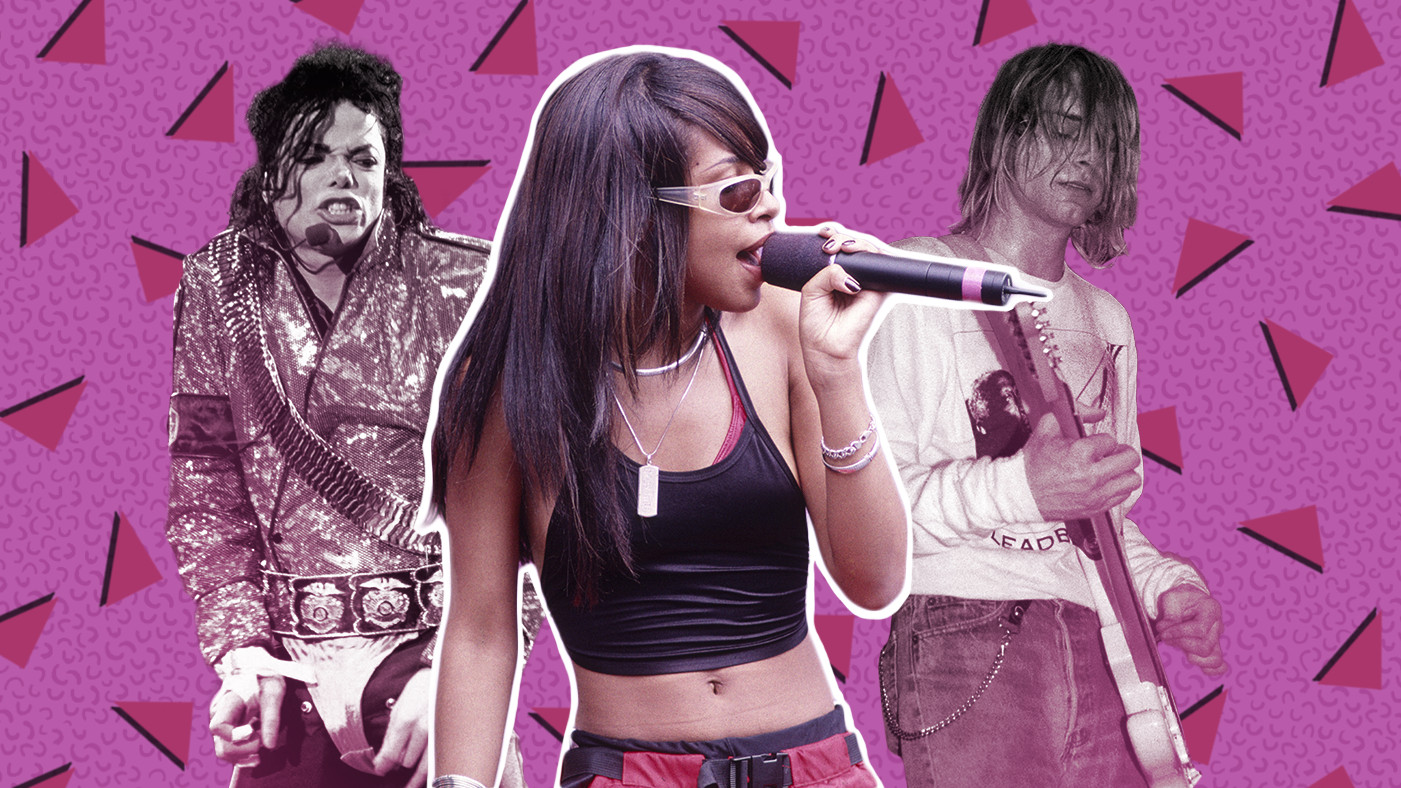 Mary Timony of Helium playing electric guitar and singing
Mary Timony of Helium playing electric guitar and singing
Guitar heroine Mary Timony (later of Wild Flag and Ex Hex) fronts Helium, crooning sweetly in “XXX,” a song that takes a dark turn. It’s a ballad where street harassment leads to deadly consequences, as her guitar becomes a weapon. Timony’s deadpan delivery of lines like, “My heart is a cab…your love is a fad…and you’re a draaag!” adds a layer of dark humor to this unique track.
Foxy Brown With Jay Z, “I’ll Be” (1996)
Foxy Brown boldly declares, “I’m 2 live, nasty as I wanna be,” while Jay Z counters with, “Don’t shake your sassy ass in front of me” in “I’ll Be.” Jay-Z, fresh on the scene with Reasonable Doubt, demonstrated his versatility and mastery by collaborating with his teenage protégé. This hit was just one example of his burgeoning dominance, foreshadowing his decades-long reign in hip-hop.
Underworld, “Born Slippy .Nuxx” (1996)
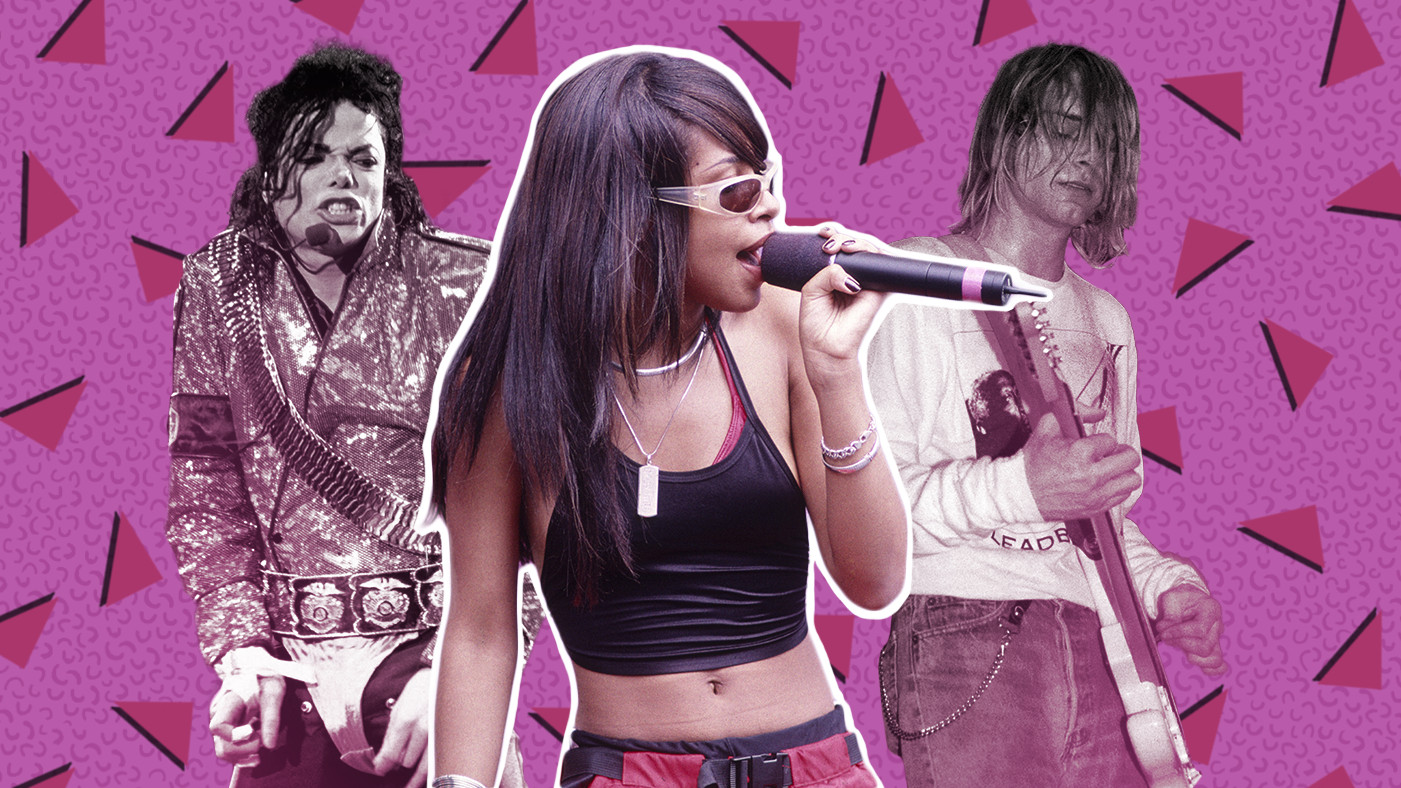 Underworld band members performing on stage with strobe lights
Underworld band members performing on stage with strobe lights
“Born Slippy .Nuxx” by Underworld is an explosion of techno sensory overload. Its popularity skyrocketed after being featured in Trainspotting, complete with the unforgettable “lager lager lager lager” chant. However, judging by the track’s frenetic energy, lager might have been the least potent substance involved in its creation. “Born Slippy .Nuxx” became synonymous with the 90s rave scene and electronic music culture.
Sir Mix-A-Lot, “Baby Got Back” (1992)
“Baby Got Back” is, butt of course, an essential 90s anthem. Virtually everyone in the English-speaking world can quote lines from this unapologetically pro-butt manifesto. Sir Mix-A-Lot’s celebration of curves challenged beauty standards and became a cultural phenomenon, sparking conversations about body image and representation in music.
Fiona Apple, “Paper Bag” (1999)
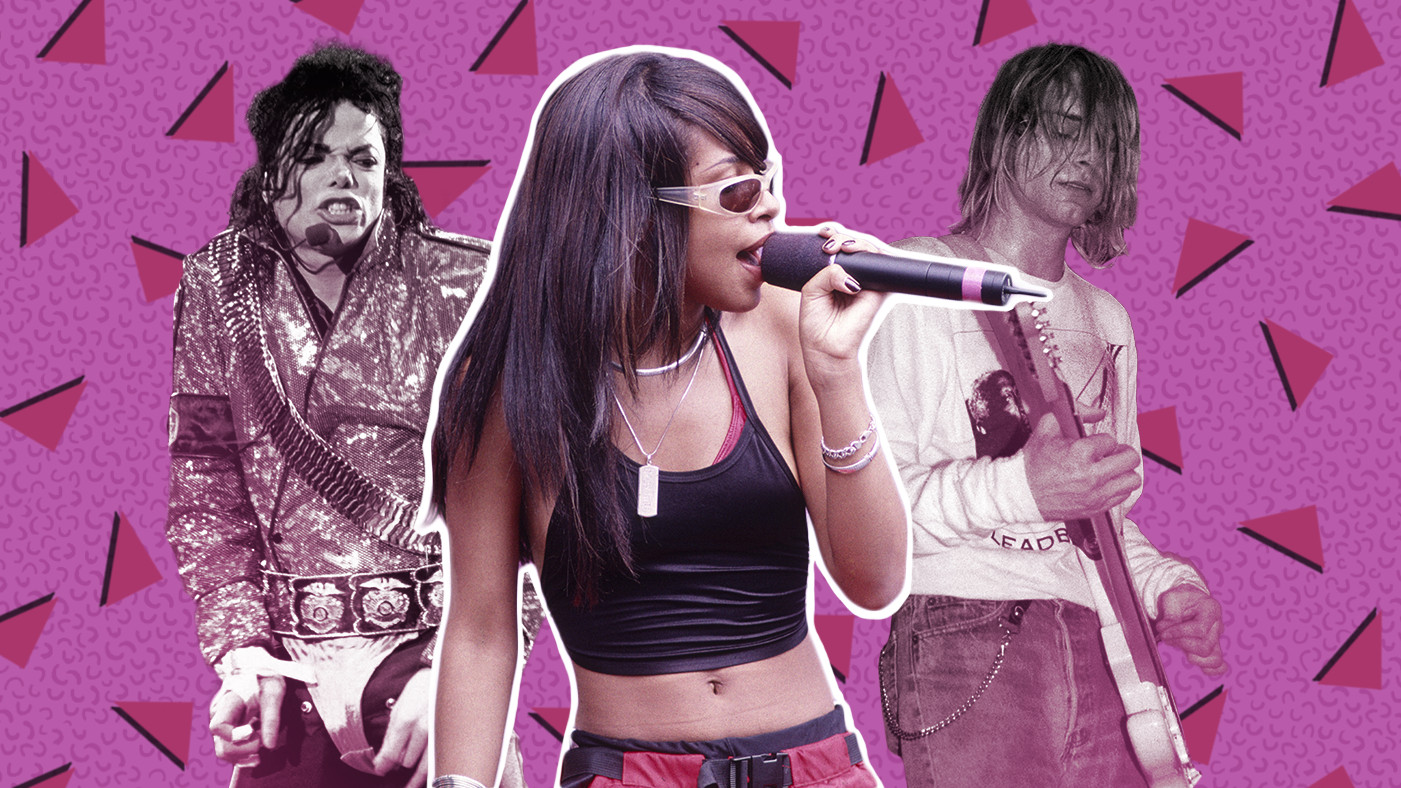 Fiona Apple in a white dress sitting on a piano
Fiona Apple in a white dress sitting on a piano
Fiona Apple’s “Paper Bag” poignantly captures the disillusionment of realizing a romantic interest is not who you imagined. The simple yet powerful line, “He thought he was a man, but he was just a little boy,” resonates with the universal experience of romantic disappointment. Apple’s raw honesty and distinctive piano-driven sound made this song a standout of the late 90s.
Weezer, “Pink Triangle” (1996)
Years before “overshare” became a common term (perhaps popularized by Bring It On), Rivers Cuomo of Weezer took lyrical vulnerability to a new extreme with “Pink Triangle.” This love song, a quintessential example of straight-dude cluelessness, explores themes of miscommunication and missed connections. Cuomo’s self-deprecating lyrics and catchy melodies made “Pink Triangle” a cult favorite, even if, in his own mind, “Nirvana in his mind’s no good.”
Daft Punk, “Around the World” (1997)
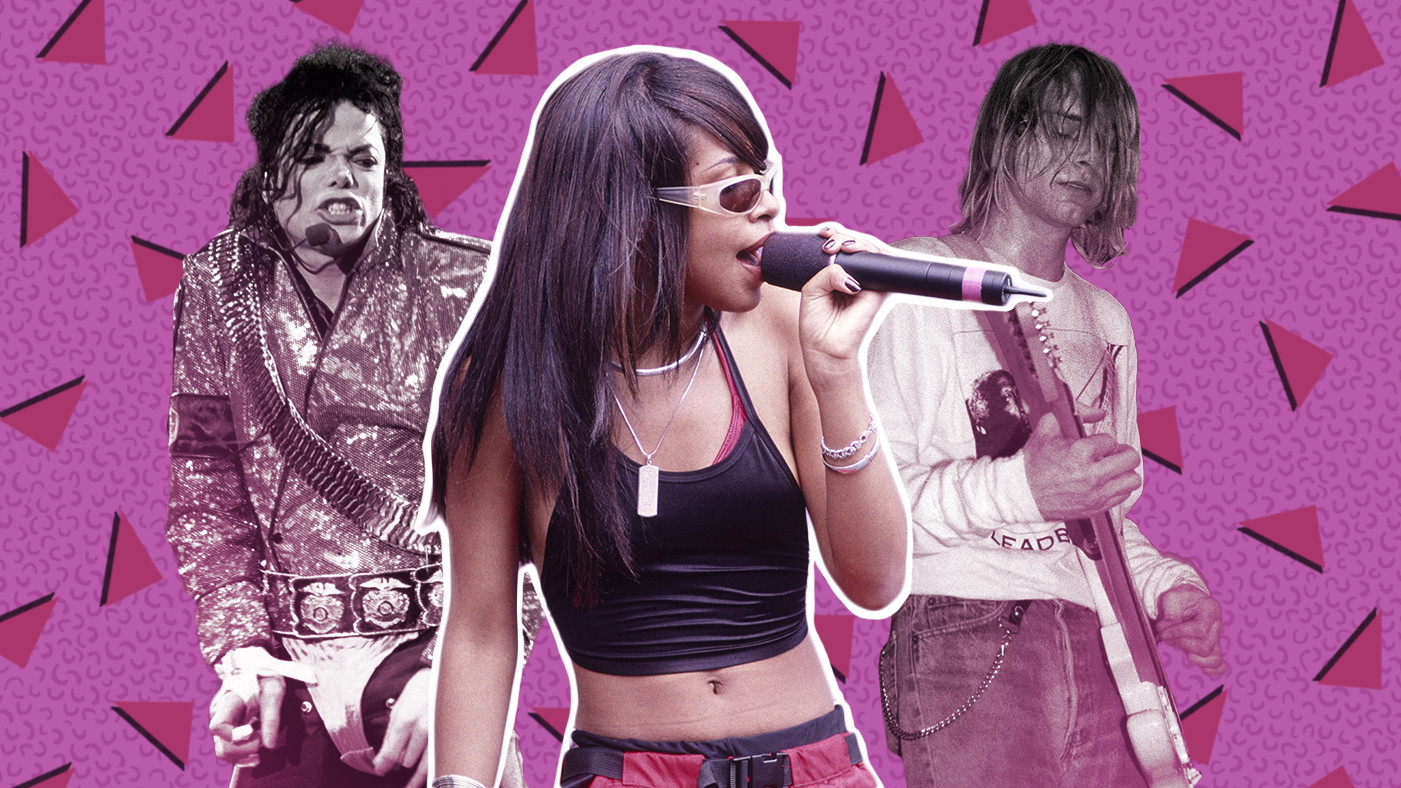 Daft Punk robots performing on stage with helmets
Daft Punk robots performing on stage with helmets
Daft Punk, the enigmatic French techno robots, took the iconic Chic “Good Times” bassline on an intergalactic journey with “Around the World.” The song’s repetitive vocal hook and pioneering filter-house sound launched countless imitators and solidified Daft Punk’s status as electronic music innovators. “Around the World” became a global dance anthem and a defining track of 90s electronic music.
Natalie Imbruglia, “Torn” (1998)
There’s karaoke, and then there’s “Torn” karaoke. When it comes to karaoke anthems, 1998 remains a golden year. Natalie Imbruglia’s “Torn” is still an undeniably epic tear-jerker. However, considering Imbruglia’s real-life celebrity romances, one realizes the song’s heartbreak narrative might be more performance than personal reality. Regardless, “Torn” remains a karaoke classic and a testament to 90s pop balladry.
Harvey Danger, “Flagpole Sitta” (1998)
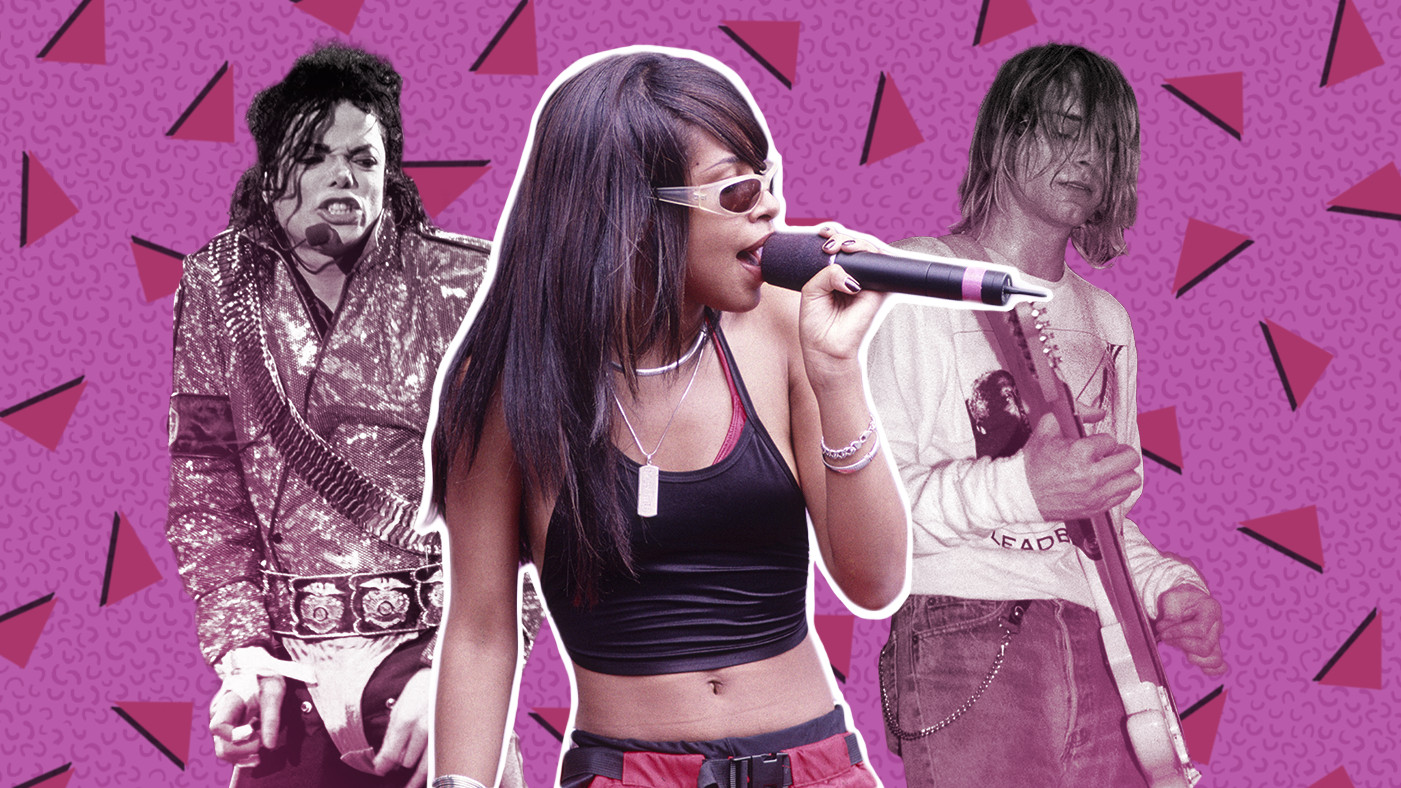 Harvey Danger band members playing instruments and singing
Harvey Danger band members playing instruments and singing
Similar to “Torn,” there’s karaoke, and then there’s “Flagpole Sitta” karaoke. Harvey Danger’s quirky anthem captured the zeitgeist of the 90s with lines like, “I wanna publish zines and rage against machines.” The lyric “I don’t even own a TV” became a hipster cliché that faded as the decade ended. “Flagpole Sitta” is a humorous and insightful snapshot of 90s slacker culture and alternative sensibilities.
Aaliyah, “Are You That Somebody” (1998)
“Are You That Somebody” showcases Timbaland at his most experimental and avant-garde, yet Aaliyah effortlessly transforms it into pure pop perfection with her signature cool and sophisticated vocals. The track’s innovative beat and Aaliyah’s smooth delivery created a unique sound that pushed the boundaries of contemporary R&B and solidified her status as a music icon.
Oasis, “Wonderwall” (1995)
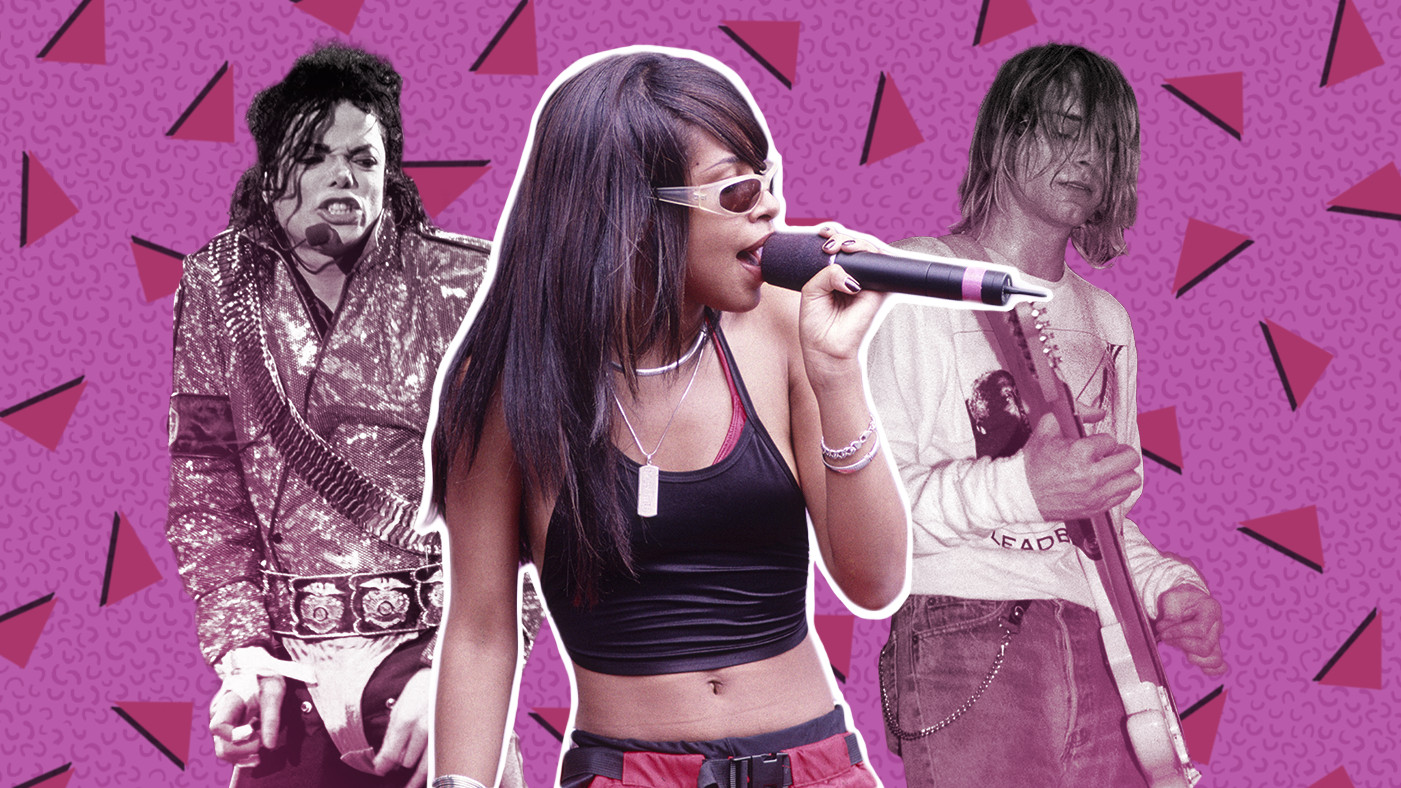 Liam and Noel Gallagher of Oasis performing on stage
Liam and Noel Gallagher of Oasis performing on stage
Noel Gallagher himself admitted he had no idea what a “wonderwall” actually was. And truthfully, neither did anyone else. But meaning aside, “Wonderwall” by Oasis became a global singalong anthem. This track possesses the power to transform any space into a raucous, slightly out-of-tune pub, uniting people in collective musical catharsis. It’s a testament to the power of simple melodies and anthemic choruses.
Mobb Deep, “Shook Ones Pt. II” (1995)
“Shook Ones Pt. II” is hip-hop’s equivalent to the Rolling Stones’ “Gimme Shelter.” Mobb Deep, the Queensbridge duo of Prodigy and Havoc, deliver a stark and unflinching report from an urban war zone. In their world, vulnerability or any display of emotion can be fatal, because “there ain’t no such thing as halfway crooks.” Mobb Deep were the grittiest of the mid-90s East Coast hip-hop crews, and their defining hit remains as chilling and potent as ever.
Smashing Pumpkins, “1979” (1995)
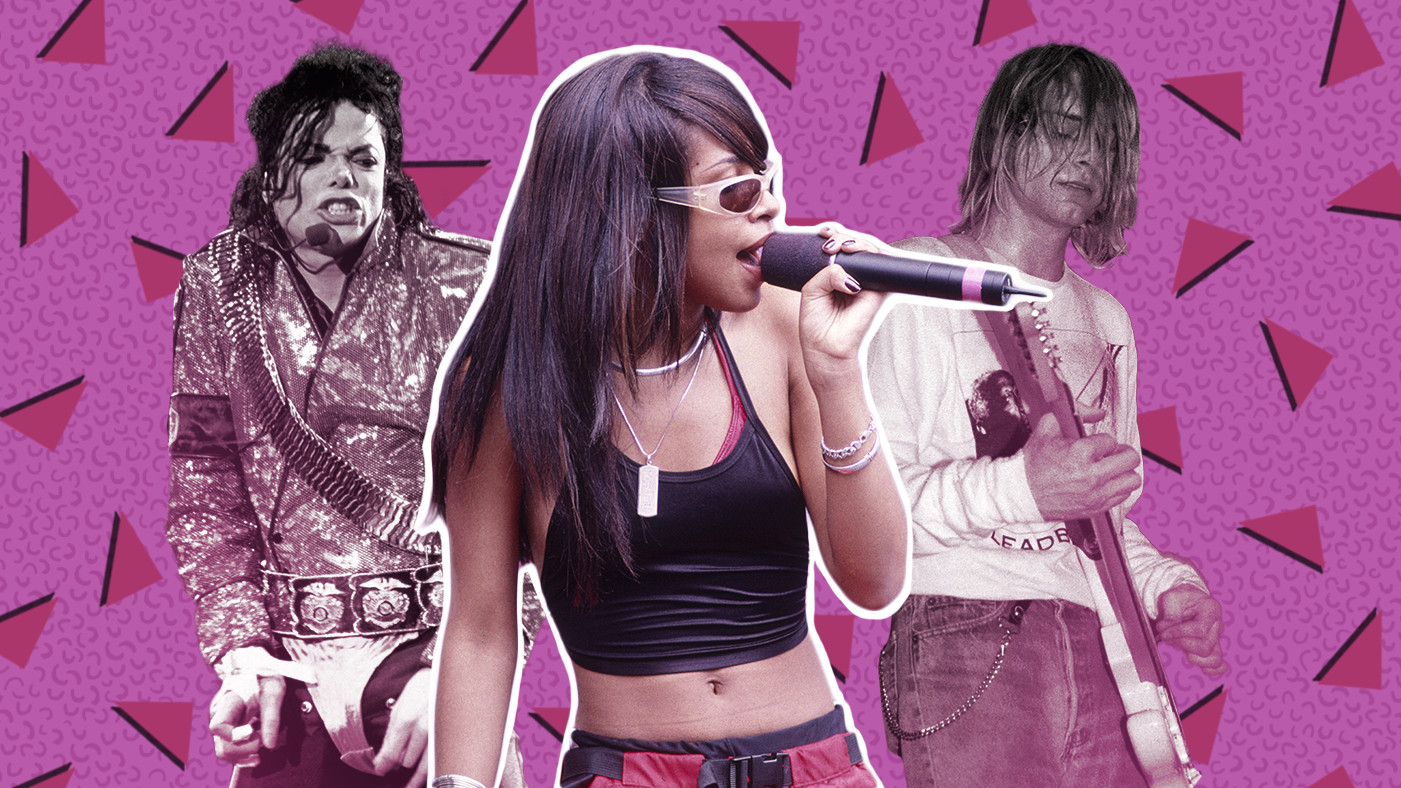 Billy Corgan of Smashing Pumpkins playing guitar and singing with eyes closed
Billy Corgan of Smashing Pumpkins playing guitar and singing with eyes closed
Billy Corgan’s “1979” is an ode to the bittersweet pangs of a generic suburban Midwestern adolescent summer. Built around James Iha’s shimmering guitar riff, the song proved irresistible even to Corgan skeptics. Famously covered by Pavement, “1979” captures the feeling of youthful yearning and the fleeting nature of time. “Faster than the speed of sound, faster than we thought we’d go.”
Beck, “Loser” (1993)
Beck emerged as the poet of his generation – and the 90s were overflowing with them. (The poet-per-generation ratio reached an unprecedented level of saturation). “Loser” arrived with a bluesy guitar lick, a beatbox rhythm, a leaf blower sound effect, and a music video that playfully infringed on George Lucas’s copyrights. “Loser” became an anthem for slacker culture and Beck’s ironic and genre-bending style. Praise the gods and pass the Cheez Whiz.
Whitney Houston Feat. Faith Evans and Kelly Price, “Heartbreak Hotel” (1998)
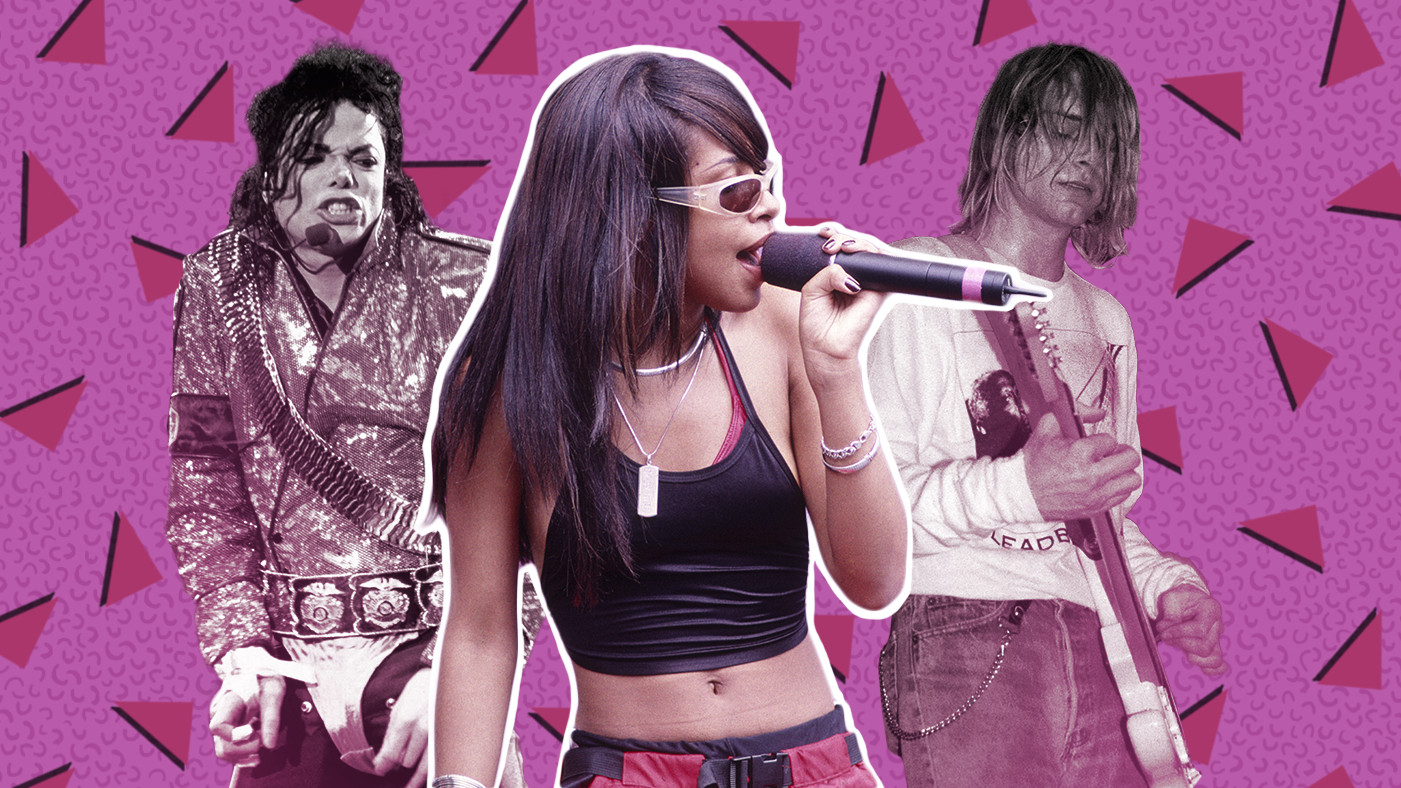 Whitney Houston singing into a microphone with a black dress
Whitney Houston singing into a microphone with a black dress
Whitney Houston, joined by Faith Evans and Kelly Price, delivers a powerful kiss-off to a trifling romantic partner in “Heartbreak Hotel.” Her voice builds from subtle whispers to soaring high notes, a vocal journey of sweet revenge. At the time, it felt like the dawn of a new era for Whitney. Sadly, “Heartbreak Hotel” marked a turning point, becoming more of an ending than a beginning.
Garbage, “Queer” (1995)
Garbage’s “Queer” is a mesmerizing blend of Shirley Manson’s haunting vocals and producer Butch Vig’s signature studio wizardry. Manson’s eerie voice whispers, “You can touch me if you want/But you can’t stop,” creating a sense of both allure and unease. “Queer” is a sonic exploration of desire and control, a track that gets under your skin and lingers.
Beastie Boys, “Sure Shot” (1994)
 Beastie Boys in a black and white photo with microphones
Beastie Boys in a black and white photo with microphones
The Beastie Boys, flexing their intellectual and musical prowess, delivered “Sure Shot.” Adam Yauch’s shout-out “to all the mothers and the sisters and the wives and friends” highlights their inclusive and conscious approach. “Sure Shot” is a testament to their enduring innovation and their mantra: “Because you can’t, you won’t and you don’t stop.”
Sleater-Kinney, “Get Up” (1999)
Sleater-Kinney, the goddesses of Portland punk rock, perfectly capture the feeling of isolation and defiance in “Get Up.” The song’s guitars sound like a cascade of stars falling into the universe, creating a powerful sonic backdrop for their message of resilience. “Get Up” is an anthem for those who refuse to be silenced, even in moments of despair.
Outkast, “Rosa Parks” (1998)
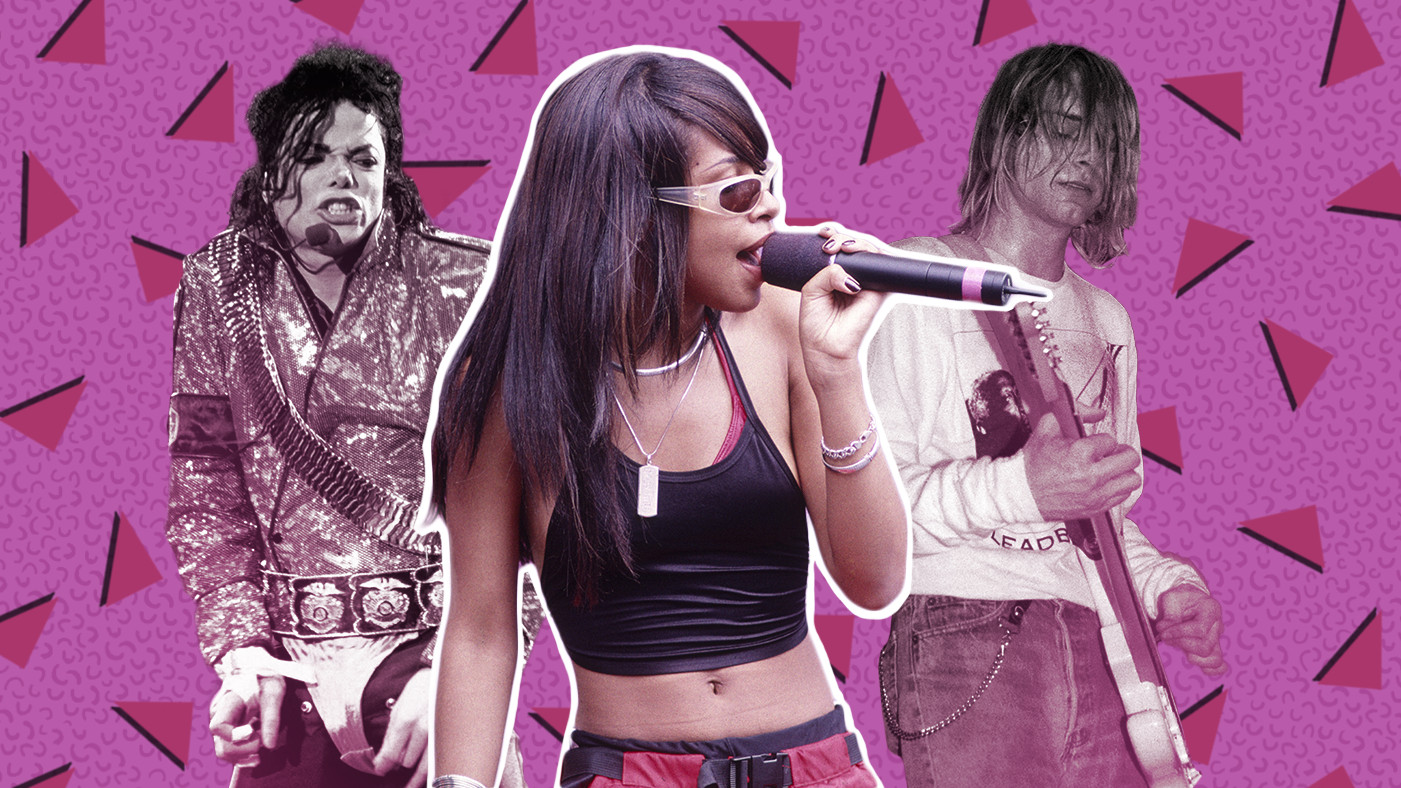 Andre 3000 and Big Boi of Outkast in a black and white photo
Andre 3000 and Big Boi of Outkast in a black and white photo
Outkast’s “Rosa Parks” is the definitive Dirty South booty-shaking anthem of the decade, complete with a memorable harmonica solo (apologies to Blues Traveler!). This track introduced much of the country to the innovative sounds Big Boi and André 3000 were brewing in Atlanta. “Rosa Parks” also marked the mainstream debut of the word “crunk.” And even today, it still sounds utterly groundbreaking.
R.E.M. “Nightswimming” (1992)
No one could have predicted on New Year’s Eve 1989 that R.E.M.’s best work was still ahead of them. Yet, the band proceeded to release four consecutive stone-cold classic albums. “Nightswimming” is a bittersweet piano-driven reverie about skinny-dipping in the Georgia pines. Michael Stipe’s lyrics grapple with holding onto cherished memories before they fade away and are replaced by the mundane routines of everyday life.
Ol’ Dirty Bastard, “Brooklyn Zoo” (1995)
 Ol' Dirty Bastard performing on stage with a microphone
Ol' Dirty Bastard performing on stage with a microphone
The Wu-Tang Clan’s universe was built for sprawling album-length narratives, but “Brooklyn Zoo” was their most successful and humorous attempt at radio airplay. Ol’ Dirty Bastard, aka Big Baby Jesus, delivers his chaotic energy over RZA’s deliberately broken piano chords. “Brooklyn Zoo” is proof that Wu-Tang is indeed “for the children,” in their own unique way.
The Breeders, “Cannonball” (1993)
Kim Deal, emerging from the ashes of alt-rock icons the Pixies, formed The Breeders with her twin sister Kelley. “Cannonball” is a freewheeling, shaggy, and wholeheartedly messy masterpiece. It became one of the most wonderfully strange radio hits of the 90s – and perhaps any decade. “Cannonball” embodies the spirit of 90s alternative rock with its quirky charm and infectious energy.
Hole, “Doll Parts” (1994)
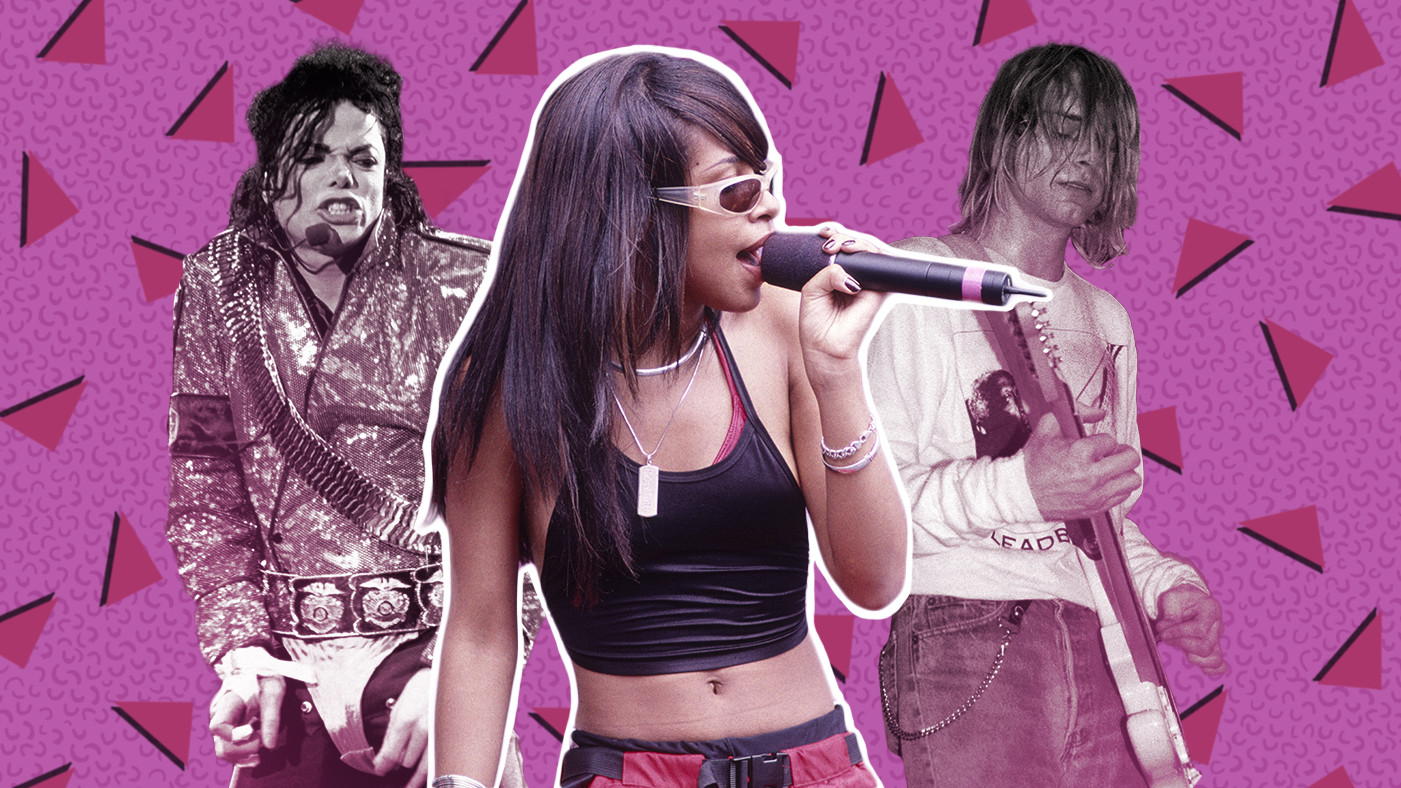 Courtney Love of Hole singing and playing guitar with blonde hair
Courtney Love of Hole singing and playing guitar with blonde hair
“Doll Parts” is arguably Courtney Love’s finest moment. The song captures a raw emotional vulnerability and pain that resonates deeply. It’s the kind of song that speaks to deep-seated heartache and unspoken pain, a feeling that becomes all too familiar as time passes. “Someday you will ache like she aches.”
TLC, “No Scrubs” (1999)
“No Scrubs” by TLC is a direct address to all the “scrubs” out there. The crazy-sexy-cool Atlanta trio closed out the decade they dominated with this hilarious and pointed rant against street harassment and male inadequacy. “No Scrubs” became a cultural touchstone, empowering women and setting the tone for late-90s R&B. Burn on, Left Eye.
Liz Phair, “Fuck and Run” (1993)
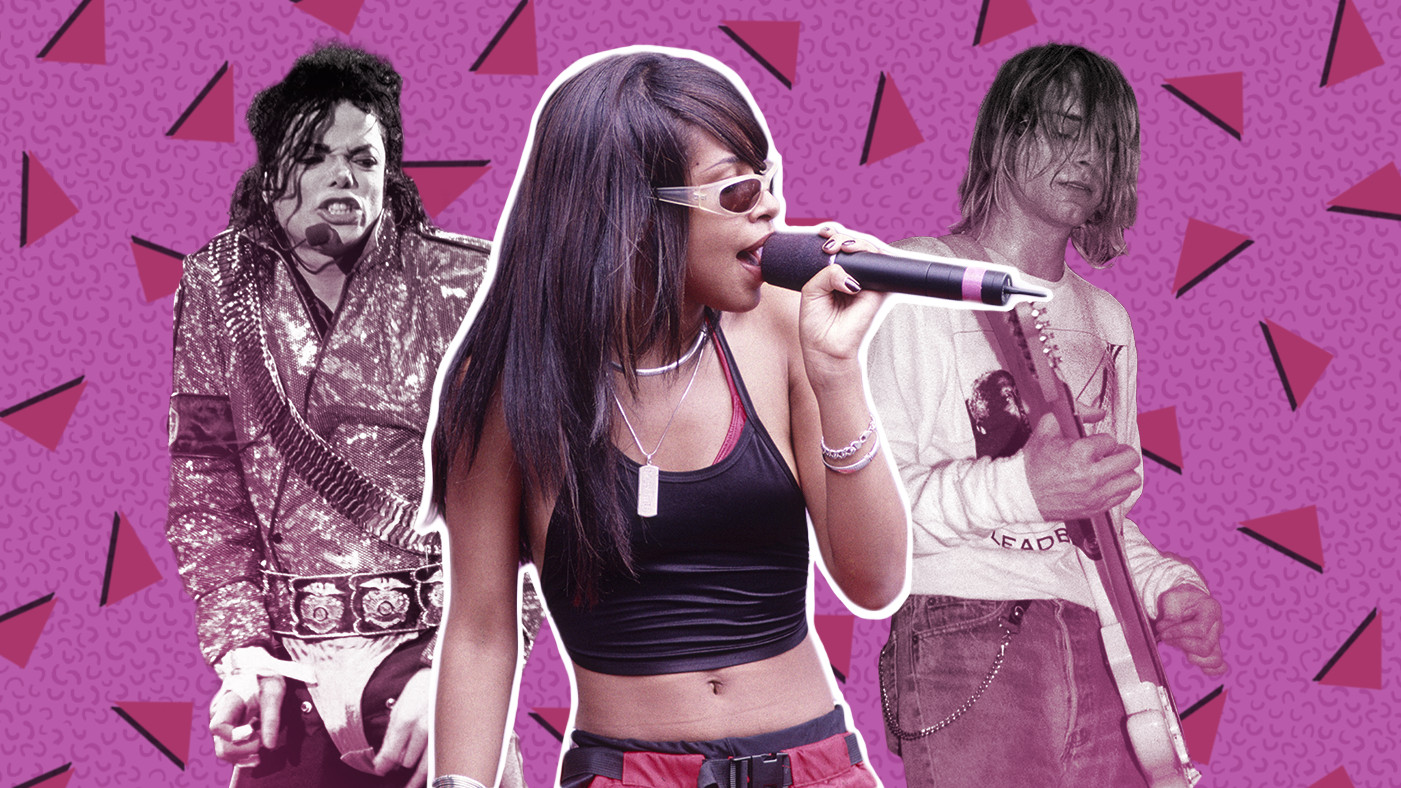 Liz Phair playing electric guitar and singing with brown hair
Liz Phair playing electric guitar and singing with brown hair
Believe it or not, people in 1993 thought they had problems too. Liz Phair’s “Fuck and Run” testifies to the experience of disposable relationships with a stark honesty that cuts to the core. The song’s unfortunately timeless theme – “Boys only want love if it’s torture” – continues to resonate. Phair’s unflinching lyrics and lo-fi sound made her a voice for a generation.
Pulp, “Common People” (1995)
Jarvis Cocker of Pulp possesses more soul and swagger in a single exhale of cigarette smoke than many singers manage in their entire careers. “Common People” is a Britpop masterpiece, overflowing with sex, sarcasm, and a touch of despair. But mostly, it’s about sex. Cocker’s witty lyrics and Pulp’s sophisticated sound made “Common People” a defining anthem of 90s British culture.
Missy “Misdemeanor” Elliott, ”The Rain (Supa Dupa Fly)” (1997)
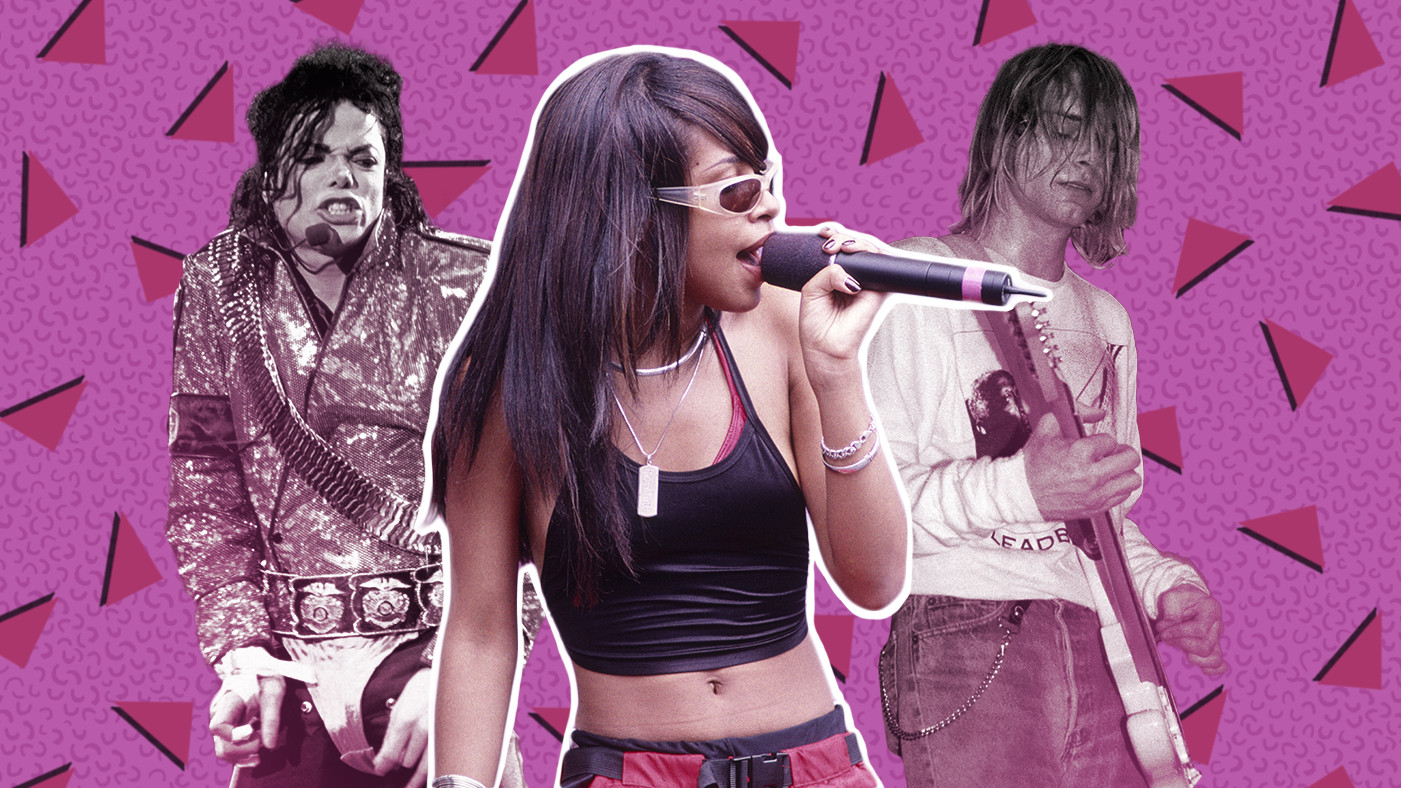 Missy Elliott wearing an inflatable suit in The Rain music video
Missy Elliott wearing an inflatable suit in The Rain music video
“The Rain (Supa Dupa Fly)” introduced Missy Elliott and Timbaland, the dynamic duo who arguably stole the late 90s. Together, they warped a 70s R&B sample into a steamy Southern night, complete with cricket chirps and rolling storm clouds. Missy’s innovative flow and Timbaland’s groundbreaking production established them as pioneers of a new sound in hip-hop and R&B. Oh, Missy, try to maintain.
Pavement, “Gold Soundz” (1994)
Pavement’s “Gold Soundz” packs all the boyish heart-on-sleeve urgency of the Beach Boys’ Pet Sounds into a concise three minutes. Stephen Malkmus and his slacker crew waste no time in this track – every guitar twang, every mumbled lyric contributes to a perfectly crafted emotional surge. It almost sounds like they actually care. “Gold Soundz” is a quintessential example of 90s indie rock brilliance.
Dr. Dre and Snoop Dogg, “Nuthin’ but a ‘G’ Thang” (1992)
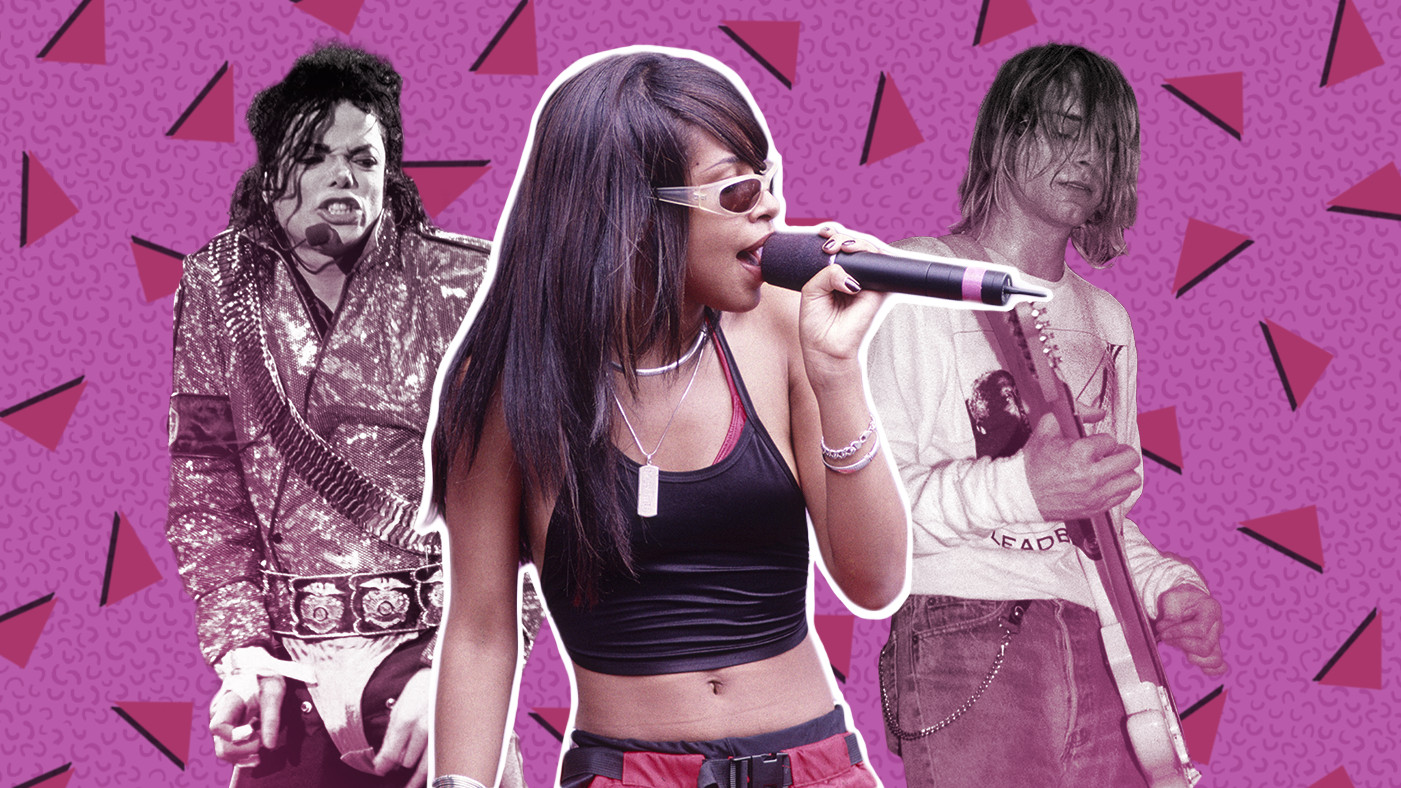 Dr. Dre and Snoop Dogg leaning on a car in Nuthin But a G Thang music video
Dr. Dre and Snoop Dogg leaning on a car in Nuthin But a G Thang music video
Dr. Dre, already a seasoned producer from N.W.A., returned stronger than ever with “Nuthin’ but a ‘G’ Thang,” featuring the fresh talent of Snoop Dogg. This groove makes any car bounce, with a bassline as authentic as “Real Deal” Holyfield. “Nuthin’ but a ‘G’ Thang” defined the G-funk sound and launched Snoop Dogg into superstardom, becoming a cornerstone of 90s hip-hop.
Bikini Kill, “Rebel Girl” (1993)
Bikini Kill, fronted by the fierce Kathleen Hanna, along with their token male guitarist, teamed up with Joan Jett in the studio. The result was “Rebel Girl,” a seven-inch single that fulfilled every radical promise punk rock ever made. “Rebel Girl” became an anthem for the neighborhood girl with revolution in her hips, proving that rock and roll could still possess political and emotional power. How bizarrely brilliant.
Notorious B.I.G. With Mase and Puff Daddy, “Mo Money Mo Problems” (1997)
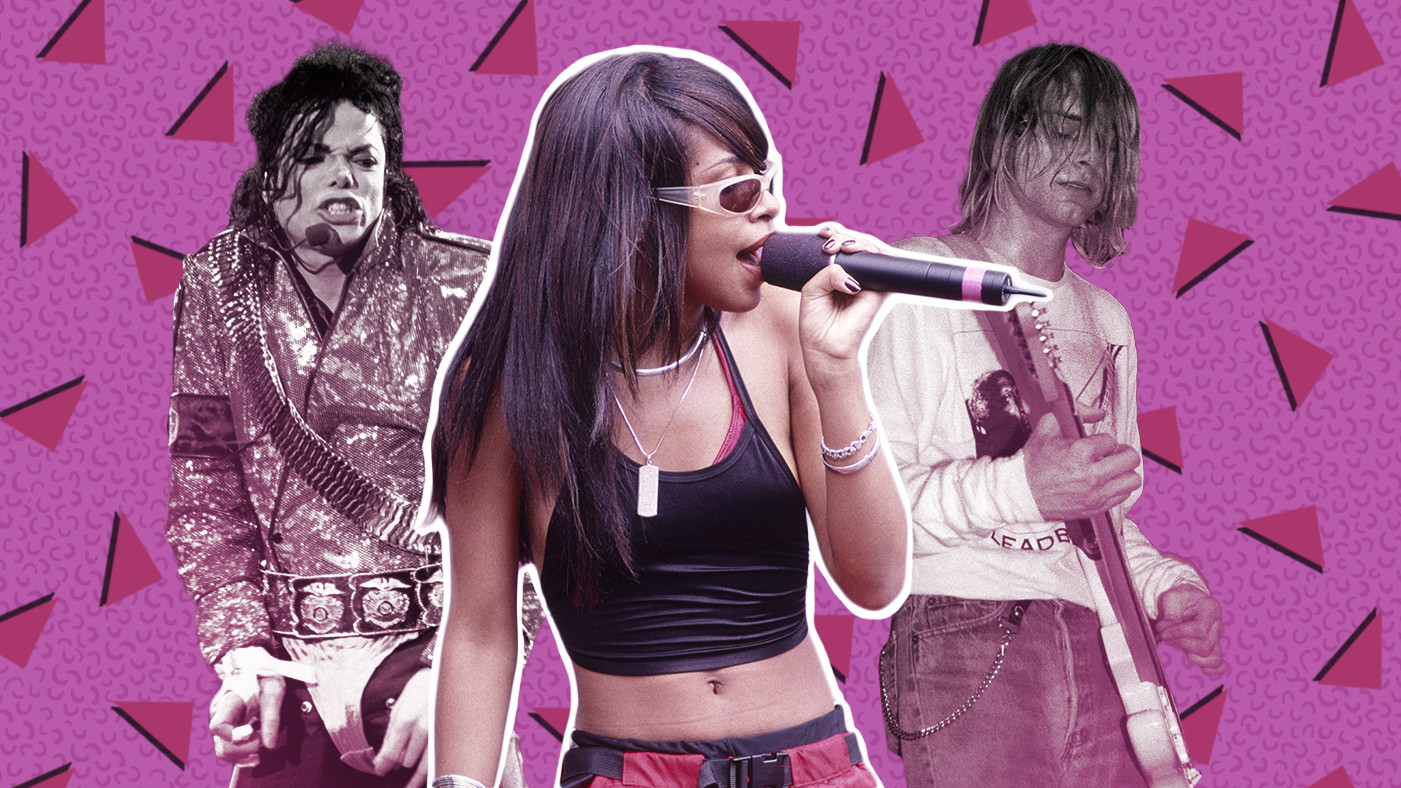 Notorious B.I.G. wearing a white suit and hat in Mo Money Mo Problems music video
Notorious B.I.G. wearing a white suit and hat in Mo Money Mo Problems music video
The late, great Notorious B.I.G. exudes more soul and charisma just clearing his throat before his verse than many rappers achieve in their entire careers. “Mo Money Mo Problems” became an unintentional epitaph, reaching Number One posthumously, yet making Biggie sound incredibly alive. Burning question: Did Mase ever get to see his name on a blimp? This track remains a testament to Biggie’s enduring legacy and lyrical genius.
Blackstreet, “No Diggity” (1996)
Blackstreet’s “No Diggity” is a utopian celebration of the rump-shaking essence of American music. Teddy Riley, the Virginia-via-Harlem beatmaster, crafted a groove from doo-wop, Dr. Dre influences, old-school R&B harmonies, a rolling piano, and a sample of acoustic blues guitar from Bill Withers. We are all living in the future envisioned by this song, and much better off for it. “No Diggity” is a timeless fusion of genres that epitomizes the innovation of 90s R&B.
Nirvana, “Smells Like Teen Spirit” (1991)
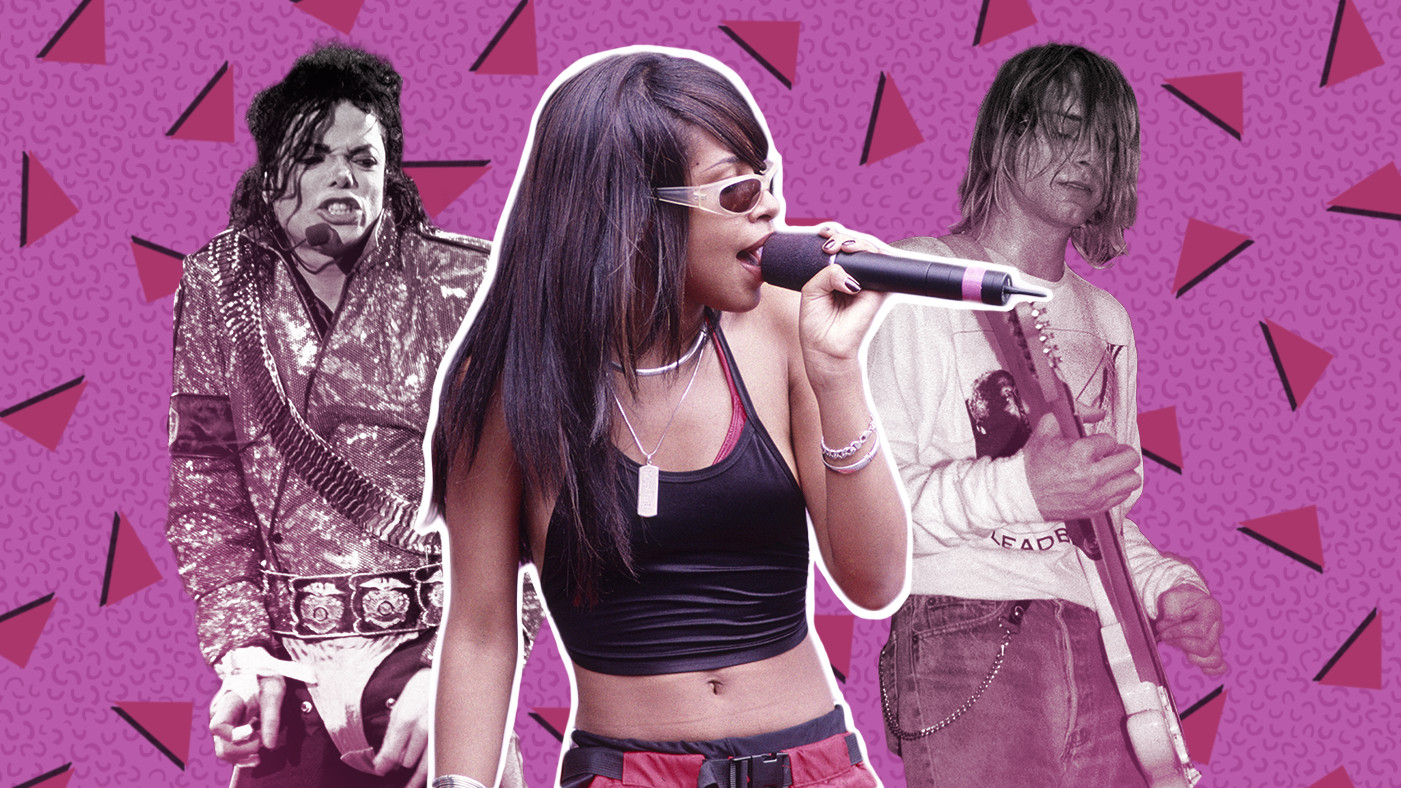 Kurt Cobain of Nirvana playing guitar and singing with blonde hair
Kurt Cobain of Nirvana playing guitar and singing with blonde hair
“Smells Like Teen Spirit” is the song that detonated across the globe. It shattered every rule about how music was supposed to work and how much raw emotion could be packed into four basic chords and a deliberately messy guitar solo. It was the song that kicked the future directly in the teeth. “Smells Like Teen Spirit” demolished complacency and challenged the acceptance of the status quo. Kurt Cobain’s challenge to his audience remains potent and relevant, even after all these years.
The 1990s were undeniably a golden age for music, a decade of fearless experimentation and genre-bending creativity. This list of the best 1990s songs only scratches the surface of the era’s vast musical landscape, but it serves as a potent reminder of the decade’s enduring impact and the incredible sounds that continue to resonate today. Explore these tracks and delve deeper into the 90s music scene – you’re sure to discover even more gems from this remarkable period.

